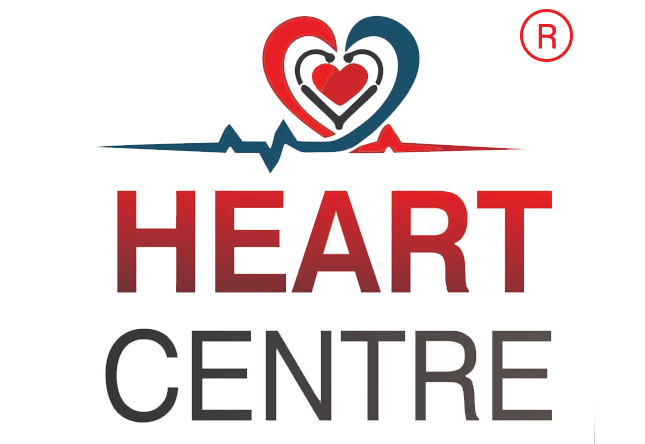Author Dr. PG Sarkar
Cardiology has come a long way since the days of ancient medical practices. The human heart and its functions have been studied for thousands of years, but it wasn’t until the 20th century that real progress was made in understanding and treating heart problems. In this blog, we will explore the history of pacemakers, angiography and angioplasty, three of the most important innovations in cardiology.
- Pacemakers: The first pacemaker was developed in 1950 by an electrical engineer named Wilson Greatbatch. The early pacemakers were large and bulky, but they were a major step forward in treating heart problems. Over the years, pacemakers have become smaller and more advanced, allowing patients to lead more normal lives. Today, pacemakers are implanted in millions of patients each year, providing life-saving electrical stimulation to the heart.
- Angiography: Angiography is a diagnostic test that uses X-rays and special dyes to visualize the blood vessels of the heart and other organs. The first angiography was performed in 1929 by a German physician named Ferdinand Sauerbruch. Since then, angiography has become an important tool for diagnosing and treating heart problems, and has played a key role in the development of interventional cardiology.
- Angioplasty: Angioplasty is a minimally invasive procedure that uses balloons and stents to open up blocked blood vessels. The first angioplasty was performed in 1977 by a French physician named Dr. Rene Favaloro. Since then, angioplasty has become a common treatment for heart problems, and has helped millions of people around the world. Today, angioplasty is performed in thousands of hospitals and clinics each year, providing patients with a safe and effective alternative to traditional open-heart surgery.
These three innovations in cardiology have changed the course of medical history, saving countless lives and improving the quality of life for millions of people around the world. Each has its own unique history, but together, they represent a powerful legacy of progress in the field of cardiology.
In conclusion, the history of pacemakers, angiography and angioplasty is a testament to the ingenuity and compassion of physicians and researchers around the world. These groundbreaking innovations have revolutionized the way we diagnose and treat heart problems, and have made a lasting impact on the lives of millions of people. Today, cardiology continues to evolve and advance, providing new and innovative solutions for heart problems and improving the health and well- being of people everywhere.




